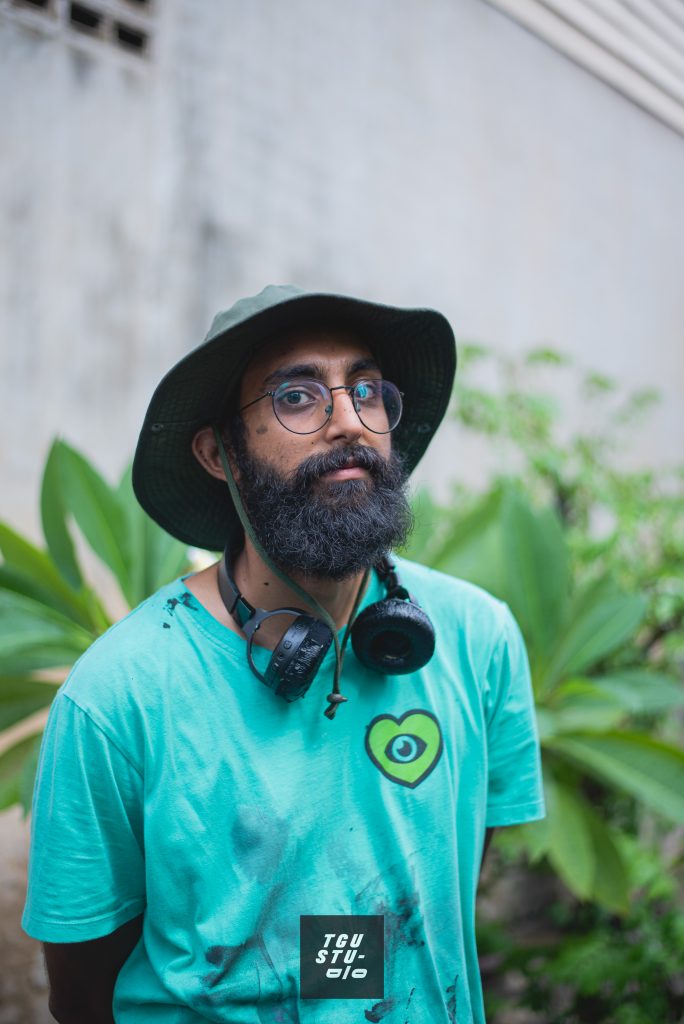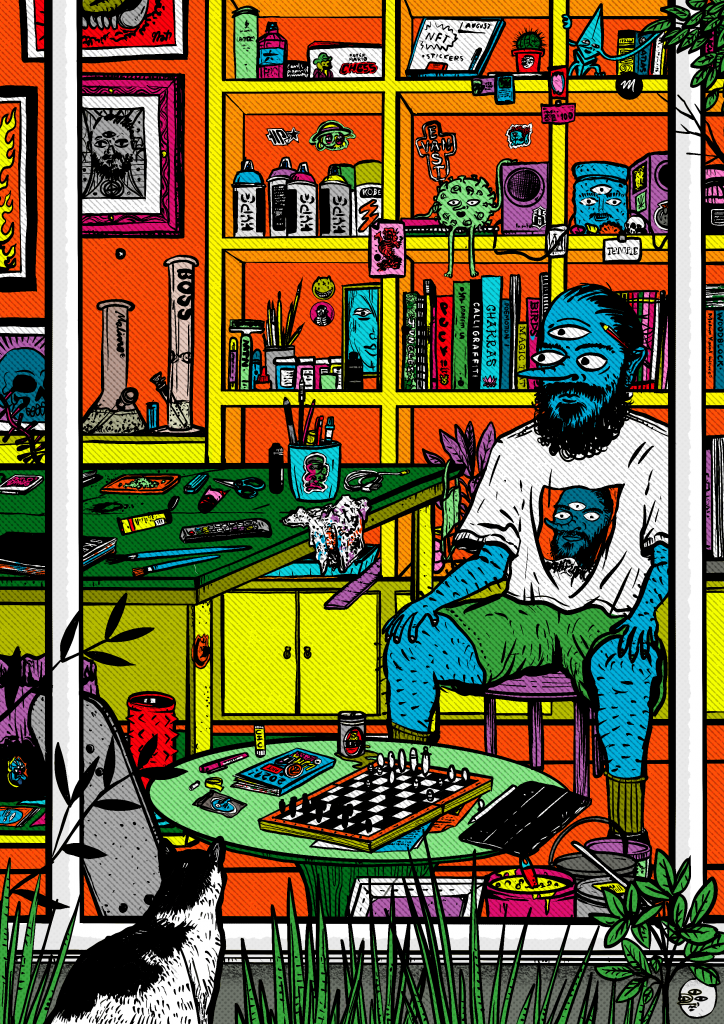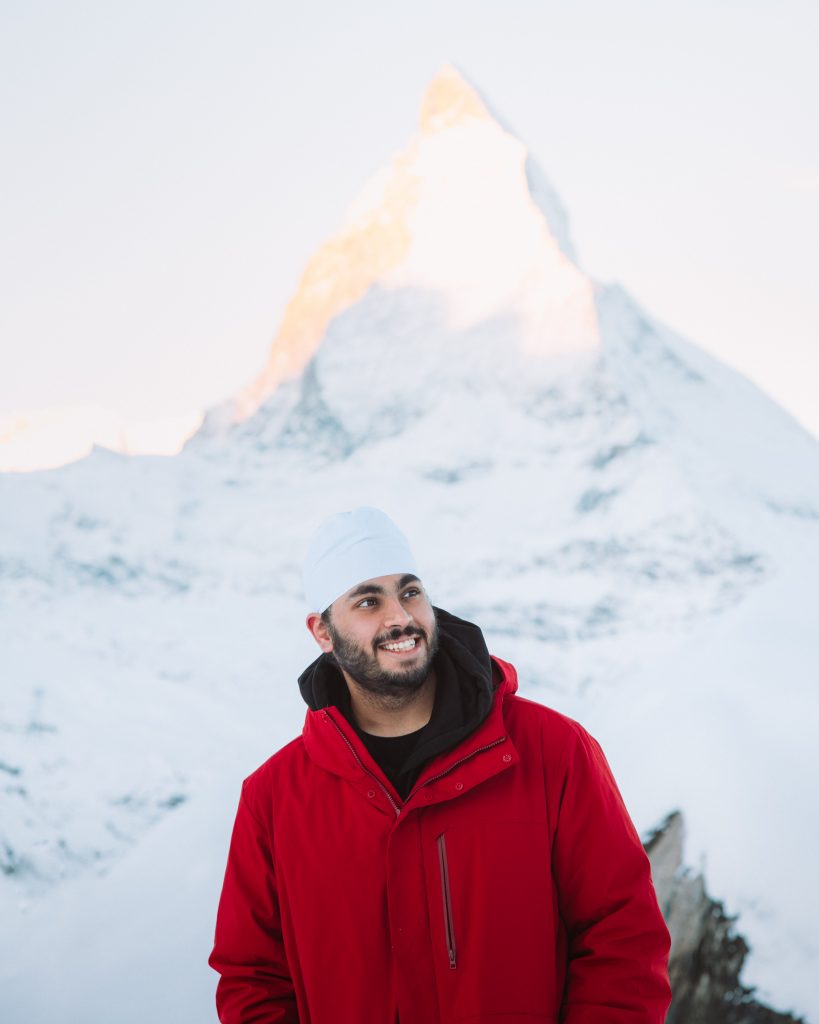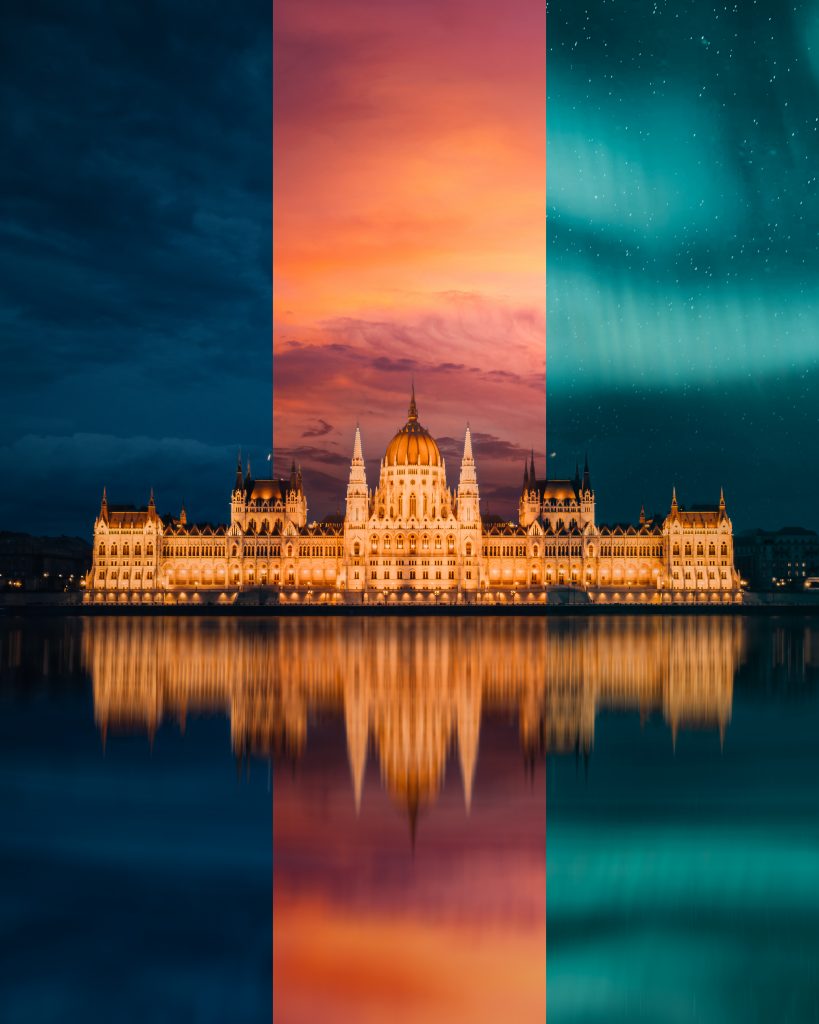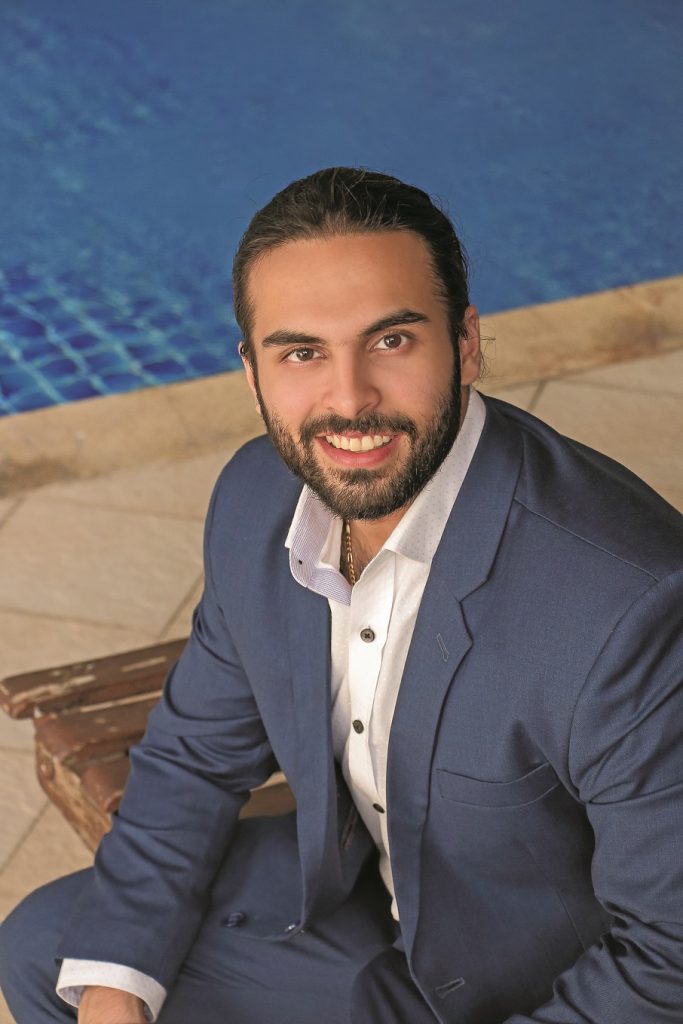Discover how NFTs are shaping the future of digital art.
By Ashima Sethi and Aiden Jewelle Gonzales
All images featured in this article belong to their respective owners.
2021 has undeniably been the year of non-fungible tokens, more popularly known as NFTs. What does that mean? Well non-fungible essentially means ‘unique’ and irreplaceable like a one-off trading card that you, and only you will ever own. NFTs can exist in various forms including drawings and paintings, animations, music, video, and more, with a lot of the scene centered on buying digital art.
These NFTs exist on various cryptocurrency blockchains, which store unique codes and information allowing for a cutting-edge digital asset certification system. Essentially, the biggest advantage of NFTs is that it has allowed creators full ownership over their work, and they are able to sell direct to consumer via specific platforms. With NFTs expected to continue booming in the New Year, we speak to several Thai-Indian creators about their experiences in the realm of NFTs to better understand where this unique space is heading.
Nathanon Khanijow (Nirmaan)
Nathanon, more commonly known as Nat or Jahflame, is a full-time illustrator, muralist, and now NFT artist currently working from his hometown of Phuket. After receiving a foundation diploma in Art and Design from Central St. Martins – London he studied a Fine Arts degree at the University of British Columbia whilst working full-time as a men’s jewellery designer in Vancouver. He shares his insight about working in the NFT space as a visual artist.
How would you describe your approach to art?
I tend to focus primarily on identity and consciousness and how these factors influence and shape our day-to-day lives. Inspired by current events and its effects on the psyche. My limited but powerful color palette creates a vivid environment where I aim to create a visceral sensation for the viewers. The mediums I work in range from drawing and painting, to sculpture and print.
How did you get into the NFT space? What is it about the community that interests you and what have your experiences been like thus far?
Being an online person and having many friends in this space, I was able to hear about the NFT space during its very early stages. I was hesitant to start in the beginning, due to it being a completely new realm of trade and transactions with cryptocurrency. However, with the support of my fellow artist friends and buyers in Thailand, I decided to dive in.
The community so far has been exceptional and extremely welcoming. Not only from an artist’s standpoint, but also just being able to see high quality art on the daily from artists all over the world, I am excited to have added their work to my own personal collection of artwork.
So far I have released 2 NFT collections, titled “Ethergoons” (five drawings on the Ethereum chain) and “Jah Goons” (100 drawings on the Cardano chain), both of which sold out within 24 hours of their launch date. My experience thus far has been amazing, it has exceeded my every expectation and for that I am so grateful.
What are some of the advantages of selling art as NFTs?
As an independent artist, NFTs allow me to monetise my digital artwork in a safe and secure way. NFTs are also assets that can be profitable in the long run, almost like stock investments, it allows for collectors of my work to potentially sell the work later on, if/once the value of the artist or artwork appreciates over time.
In contrast, did you face any challenges when getting started?
The main challenge was tackling the world of blockchain technology, especially the jargon used in the space (smart contracts, gas fees etc.). Like any new venture, it took me some time to study the various aspects of the blockchain and familiarise myself with it. Once I had learned all I could, I just had to go for it.
What is some advice or resources you recommend for artists trying to get into the NFT space?
I highly recommend all artists and creators who are looking to share and monetise their work to learn about the NFT space. It is an excellent and welcoming avenue to grow your artistry along with your wealth. That being said, the NFT space is a global platform, where there are thousands of artists and artworks being published daily. Start by building a community and marketing yourself and your artwork so it reaches the right audience.
Explore Nathanon’s work on Instagram @jahflame.studio or online at www.jahflame.com and foundation.app/@jahflame
Sukrit Srisakulchawla
Sukrit attended NIST International School and then Northeastern University to pursue a Finance and Accounting degree. He currently works as a tax consultant in the International Tax Services and M&A practice for a public accounting firm. Throughout the last decade, he has also been pursuing photography as a hobby, which has since transformed into an entrepreneurial venture. His portfolio has evolved to include food, fashion, portraiture, concerts, product, and most predominantly, travel and lifestyle. He share his experiences.
Before getting into NFTs, you had already amassed quite a following on social media because of your photography and even worked as a Google Ambassador. What inspired you to diversify and join the NFT space?
I don’t think of the two, social media and NFTs, as two opposing spaces and in fact see them more as evolutionary and can complement each other quite well in the near future.
My social media journey has been thrilling so far and I’m incredibly grateful for the opportunities I’ve secured, and the brands I have worked with. Moving into NFTs was due to their potential in the decades to come. At the moment, NFT transactions mostly depend on the artist-collector relationship, but these are just the very first steps of this tech. These transactions prove that infrastructure is already built to support and authenticate transactions on a much bigger scale, and that is very exciting.
Moreover, as an accountant, I love a good ledger and blockchain technology allows for photography and art to be traced and valued properly, and highlights provenance. As an artist, I know who is holding my piece and I’m able to make connections instantly, even if they bought the piece from a previous collector rather than directly from me, that connection between the art and artist exists permanently.
What inspires your photography?
My photography is ever evolving, but I think I’m mostly inspired by a combination of the places I visit and the sounds I am listening to, particularly cinematic scores from films and TV shows that I love as they give me a sense of living in another world. I hardly ever consider my work to be a depiction of reality, but instead an expression of the world I want to create. First I click the shutter, where I get a glimpse of what could possibly be, then I begin editing. After a lot of hours, I get somewhere, either where I imagined, or with an unexpected outcome. One day I want my work to have a style that is recognised as uniquely mine.
What were some of the challenges getting started and how did you overcome them?
I started looking into NFTs in March 2021, but only made my first steps in July. Aside from already keeping busy with my day job, I think the biggest struggle was the lack of guidance on the most basic things. It wasn’t until the summer when I got more connected to other photographers who were also starting out that I began to find some answers.
You keep learning as you go with each new tool you use, and as the platforms also get updated with new features. I think the key is to remain curious and never stop reading and observing. Community is a very big aspect in this space, and so everyone is always learning from one another, and keen to share their own experience, insight, and opinions.
What is unique about NFTs, and why do you think they’re on the rise?
I think NFTs provide a sense of fresh air for creators. I think with the way art has evolved over the past decade, we have seen a lot of commissioned work, where it is driven very much for advertising purposes, whereas now, it’s almost art for art’s sake. It’s nice to know that as an artist, I can develop my own style, create what I want, and make some money out of it. It goes to show the power of connection. Someone across the world may connect with a piece, and you only need to connect with one if it’s the right one.
Moreover, art is once again finding its place as an investment, which is a new reality for younger creators who’ve always found that their artwork is used as a marketing expense rather than a valuable asset to hold. With NFTs, a lot depends on value beyond the piece and how you make sure your art appreciates in value. A lot of collectors want to see growth.
Lastly, I think the decentralisation aspect is also appealing. Of course, it’s not always fully decentralised, but overall, once a piece or token is up on the blockchain, it can technically survive beyond the platform. If Instagram were to be shutdown tomorrow, all those years of work putting together your gallery would be gone. NFTs on the other hand do not depend on a centralised corporate entity. If one platform goes, your NFT continues to exist, and a new platform can come up to showcase the token.
You recently penned guides for new entrants to better navigate the NFT space, what was your motivation to do this and can you tell us a bit about how they’ve been received?
I put together two guides that are available for anyone to download for free. After taking the plunge, I started to tell a few friends about NFTs to try to convince them about potentially also joining the movement. I had the same conversation over and over again, so I just decided I wanted to pen everything down that would be authentic to me but still informative enough to cover the basics, so the “NFTs: Beginner’s Guide for Photographers” was born.
When I first shared it, my close friends and the people who I connected with all downloaded it and started sharing it. Within a few days it got a few hundred downloads, and then things started to fade a bit. Then I began receiving messages about prominent photographers sharing my guide and saw the numbers continue to rise. Within three weeks it hit 1,000 direct downloads, today it’s edging close to 3,500 in just a little over 3 months. Overall, the reception of the guide definitely went way beyond what I had expected, but I am very glad as it means more people are interested in learning about this new space. I’m also working members of the community to get it translated into a few other languages.
The reception of the first guide made me put together the second, which is focused on not only in helping artists find a way to make a living but helping them with business concepts. “Principles of Accounting, Finance and Taxation for NFTs” introduces the most basic principles in a very easy manner. NFTs are already difficult to grasp and a layer of complexity is added in its business implications, therefore I felt like it was very important to put this resource out there.
Explore Sukrit’s work on Instagram @sukrits_25 or online at foundation.app/@sukrit
Niran Khanijou
Niran, who not only holds and trades NFTs but is also working on a few up-and-coming NFT projects, is someone who’s always been fascinated by the opportunities that they afford. “There is a certain allure of the unknown that is both captivating and riveting,” he says. He gives insight on the best uses cases of NFTs, and his professional advice from someone who’s been on both sides of the proverbial (and digital) coin.
A lot of people are certain that NFTs are a bubble. How would you address those concerns, and what makes you sure that the NFTs you invest in will retain their value in the long run?
Firstly, direct and provable ownership and scarcity makes NFTs more valuable. Secondly, there are a lot of use cases for NFTs, which means that lots of sectors in different industries will be able to dabble in them. We can see this as more companies (such as Nike, quite recently), celebrities, and big money come into the NFT space, and this will validate the space further. The investment in NFT-based games and NFT-based projects has and will go a long way to validate NFTs to the wider audience, and increase their value. All these big companies are showing that they have enough faith in it to invest their money, time and resources, and this will in turn increase global adoption.
In a nutshell, NFTs at the very least create millions of opportunities. The hype in itself has created a phenomenon, and it is up to the industry to carry this phenomenon forward, while still effectively harnessing its various use cases. In your opinion, what are the best use cases for NFTs?
Their myriad of use cases include digital art and collectibles, the real estate world, revolutionising the music and sports industry, and, arguably the biggest use case currently, the gaming ecosystem. The idea of digital collectibles in gaming is not new; players have always been urged to unlock valuable in-game assets that can also be bought and sold in-game for fiat currencies. With the introduction to the scarcer and more sought-after NFTs in games, this takes in-game economies and interests to another level. Players can now have authenticity in their ownership, and this creates even more value and intrigue.
From a seller’s perspective, NFTs can provide a form of recurring revenue stream. An example is adding a royalty fee to its smart contract, meaning every time that NFT is sold, the original seller pockets a certain percentage, which can be up to 10 percent of its price.
What kind of investor would you recommend them to, and what advice would you give for first-time investors looking to dabble in NFTs?
Be careful and do your research. There are a lot of great projects out there, but there are also a lot of scam projects, or projects that do not have any real use case, and will not survive in the long run. Be aware of the massive price swings that can occur. Every investor has their individual risk profile. NFTs are recommended for those who may have more of a risk appetite, or those who want to try diversifying and have already invested in cryptocurrency, which NFTs are a subsection of. They’re for investors who have time to research and keep an eye on the market, which can be very volatile. If you’re a longterm investor, I wouldn’t recommend it, especially at the start. You should also have some disposable income, and be comfortable with some losses. Set a limit for how much you’ll invest in an NFT, because they can gain value quickly but also lose value quickly.
Look for a project that you’re interested in, a price that you’re willing to pay, and the blockchain that you’d like to buy on – for example, if you’ve invested in Solana, you might want to look at the NFTs on that blockchain.
There have been reports of people creating NFTs for art that isn’t theirs. In your opinion, what is the scope for this kind of abuse of NFTs?
NFTs can be a representation of the art, but it is not the art itself. If you make an NFT of the Mona Lisa, both of those are two different products. Someone can own the Mona Lisa and someone else can own the NFT.
Moreover, to sell an NFT, there has to be a story behind it, use cases, etc., which makes it harder to sell art that isn’t yours. Of course, with more adoption, there will be more issues and therefore more regulations, but it’s always good to have global adoption – this way, it’s less likely to be a bubble as well.



